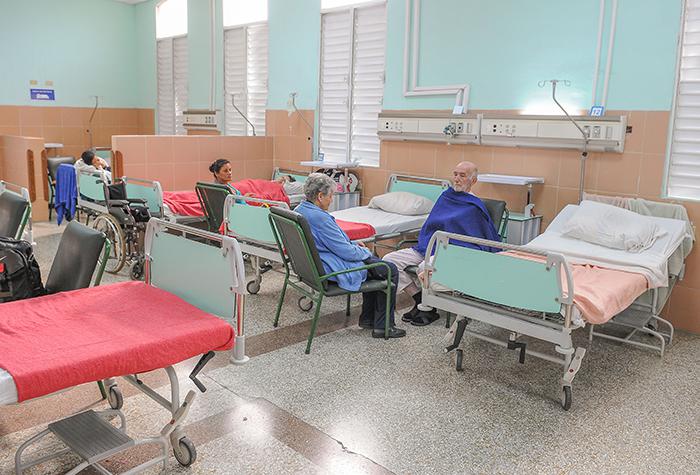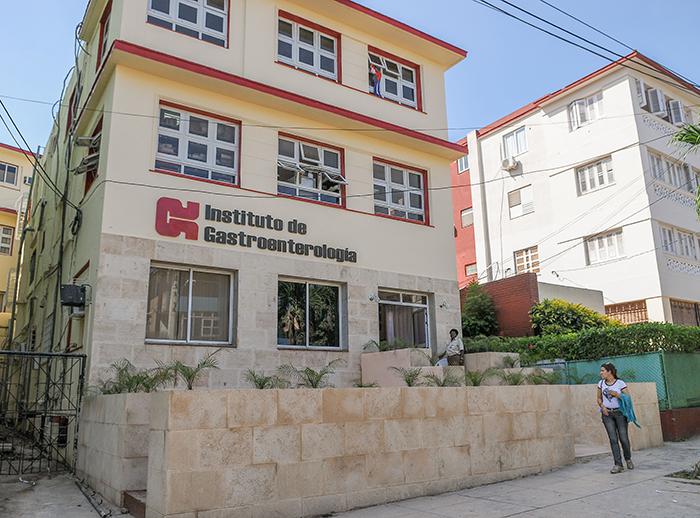
Health institutions across the capital boast beauty and comfort following the completion of capital repair works to premises, the installation of new equipment, maintenance on water and electrical networks, refurbishment, and the painting of facades, totaling 913 different works.
The changes to buildings respond to issues raised by the population in union and community assemblies, demonstrating that there is no problem to which a solution can’t be found, despite economic difficulties and material limitations.
The majority of works were completed before July 26, in honor of the 63rd anniversary of the assaults on the Moncada Garrison in Santiago de Cuba and Carlos Manuel de Céspedes Garrison in Bayamo, although certain construction works will continue in the coming months to complete a rehabilitation process initiated in 2010.
On a tour of several health centers in Havana, Granma International noted total and partial repairs inside and outside of doctors' clinics, pharmacies, polyclinics, hospitals, research institutes, nursing and maternity homes.

In this regard, Dr. Alina Cárdenas Díaz, deputy director-general of the Provincial Health Directorate, noted that the refurbishment works include the installation of equipment and advanced technology for the diagnosis and treatment of various pathologies, in order to raise the quality of the services provided to the population.
“Each entity has a budget in local currency which is spent according to a well-designed annual plan,” she explained, adding, “To do so, skilled labor is contracted from state-run construction enterprises, non-agricultural cooperatives and the self-employed.”
The internal staff of each of the health institutions, and community and political organizations also collaborate in these efforts, in which quality, good taste and attention to detail are assessed before any works are considered complete.
This was confirmed on a tour of the Calixto García, Salvador Allende, Hermanos Ameijeiras, and San Miguel del Padrón Pediatric hospitals, the Cardiology and Gastroenterology institutes and the Center for Research on Longevity, Aging and Health.
Dr. Alina Cárdenas Díaz called for the care of health facilities and equipment to ensure greater durability over time, but noted that there will be continuous maintenance efforts going forward.
She concluded, “We now have comfortable buildings that have an impact on improving the quality of service, which denotes the population’s recognition of the great work of the Revolution, distinguishing between what is being done and what we still need to do.”















